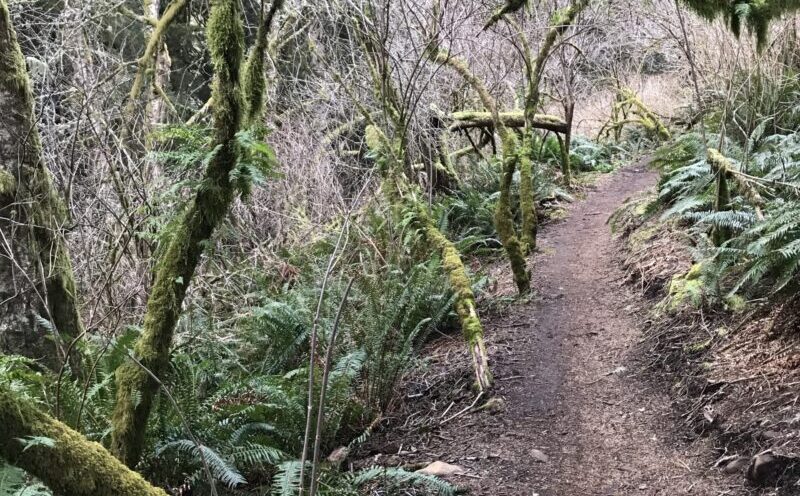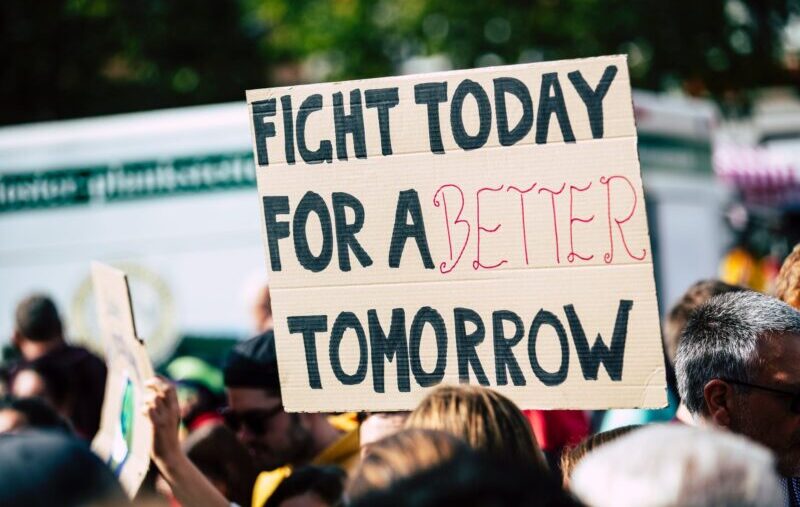There is a fascinating profile of Pope Francis by James Carroll in the December 23/30, 2013 edition of The New Yorker that I believe is essential reading for anyone who bears responsibility for the leadership of meaningful change. “Who Am I to Judge?: A Radical Pope’s First Year” is a compelling account of Francis’ road to the papacy as well as the actions he has taken and statements he has made in the first 10 months of his tenure that mark a significant break from his immediate predecessors, especially in tone and what I will amorphously describe as “feel.” Catholics and non-Catholics alike agree that the new Pope is quite a different leader and all are watching in earnest for how his leadership will impact the church and it’s 1.2 billion followers. What we are watching for is how and when, beyond tone and feel, his leadership will lead to change.
Carroll quotes Francis as saying: “Many think that changes and reforms can take place in a short time. I believe that we always need time to lay the foundations for real, effective change. And this is the time for discernment.” Francis also referenced the words of John XXIII who frequently repeated the motto “See everything, turn a blind eye to much; correct a little.”
What Francis is telling us, by recollecting the words of a predecessor who led the church through the renewal and reform of Vatican II, is that the leadership of change comes first from the patience of intensive discernment (knowing and understanding what’s going on at a level of profound depth) and, second, from the ability to understand the critical importance of “timing and dosage.” He acknowledges that leading change is essentially a frustrating, difficult and lonely enterprise, not for the faint of heart, as it requires great tolerance for all that is not working and the ability to apply minor corrections to the most important issues in precisely the right way to insure they can be sustained over time. To put it simply, it is about playing “small ball” – hitting for contact instead of swinging for the fences.
I had the opportunity to experience the wisdom of these sentiments directly when I shared in the design and facilitation of a cultural transformation at TaylorMade Golf company between 2005 and 2012. The mandate was to create a “coaching culture.” Through highly personalized and specific leadership development activities we were to build the capacity of the organization’s leaders to be more adaptive, agile and responsive in the face of constant change. Our approach was simple: we would take it one leader at a time.
While the impact of the learning initiatives we put in place – one-on-one coaching, team off-sites, quarterly learning events – are notoriously difficult to measure what I can report is that the company’s top-line tripled during the period of our efforts. And, not surprisingly, employee engagement soared as well. It was a period of intensive learning, creative exploration and risk-taking and it was completely energizing.
The most important takeaway from the experience was how I learned to appreciate the importance of taking the long view; the understanding from direct experience that small shifts made in the context of a larger, meaning-filled vision, always require powerful awareness of the context in which you are operating, generous tolerance of what is beyond your control and the ability to apply consistent effort over time. The latitude for much of this is typically in short supply in for-profit organizational life as the demands of speed and immediacy are always present. We were not exempted from these pressures but we were fortunate to enjoy a rare window of time to do things the right way – slowly, steadily, consistently – that afforded us an impact we would otherwise not have achieved. Since we knew it wouldn’t last we did our very best to make the most of our time, hopeful that our efforts would exceed their immediate application and extend well into the future. Others will have to weigh in as to whether or not we achieved that goal.
Is it even appropriate to suggest a comparison between the leadership challenges of the Roman Catholic church and the cultural transformation of a golf equipment manufacturer? In many ways, of course not. And, what’s true is true: the leadership elements of meaningful change – sustainable, necessary, growth-inducing change – remain the same regardless of the enterprise:
1. See everything – know the landscape and understand it in a deep, meaningful way. This requires listening.
2. Ignore what you can’t do anything about. There’s plenty of it so let it go.
3. Apply the right timing and dosage to what you can control. Correct a little, using small moves in support of a big, compelling vision.
4. Take the long view…it’s just over the horizon. (Remember that diamonds are formed with consistent pressure over time.)
Quick fixes and silver bullets are sold by the arrogant and purchased by the foolish. Do you really want to bet your future on the possibility of a home run in the bottom of the 9th?




